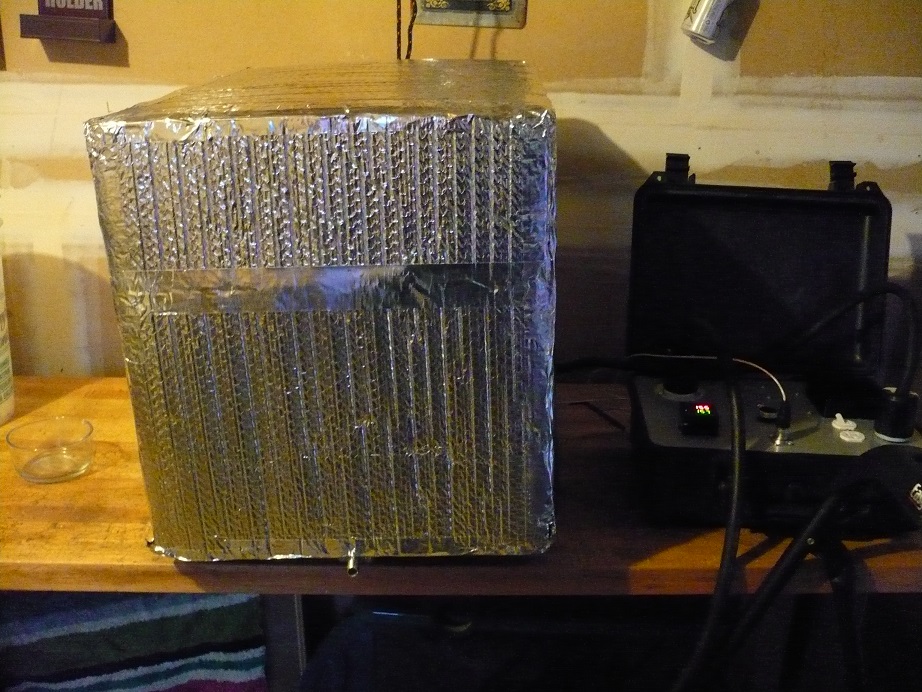applescrap
Be the ball!
I kind of started this discussion elsewhere but I am still seeking some definitive information on running A single vessel system without a pump. It seems to me that a super low density element like the one I bought trying to keep a mash at 152 and the controller potentiometer set low would not scorch anything and would only require being stirred every 20 minutes or so to keep from hot spots. I really don't want to add unneeded expense and extra equipment if I don't have to. I mean if it would scorch so bad then how does it keep from scorching when you go from mash to boil. I am also aware that I could just turn the element off and insulate the kettle and it will lose very little time but I want to be outside thank you everybody so much




































![Craft A Brew - Safale BE-256 Yeast - Fermentis - Belgian Ale Dry Yeast - For Belgian & Strong Ales - Ingredients for Home Brewing - Beer Making Supplies - [3 Pack]](https://m.media-amazon.com/images/I/51bcKEwQmWL._SL500_.jpg)


